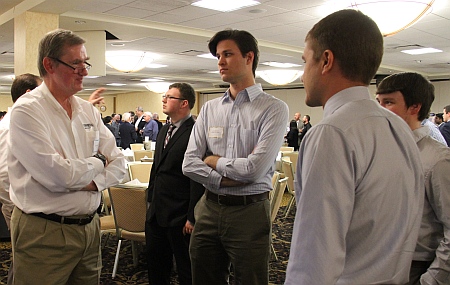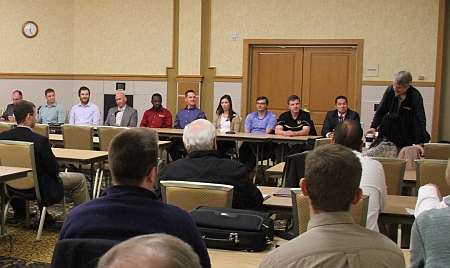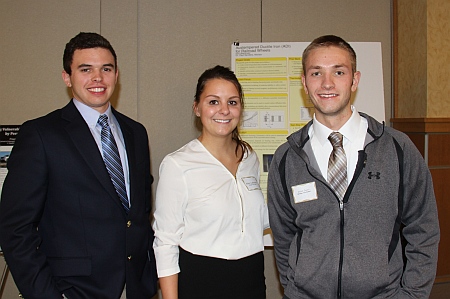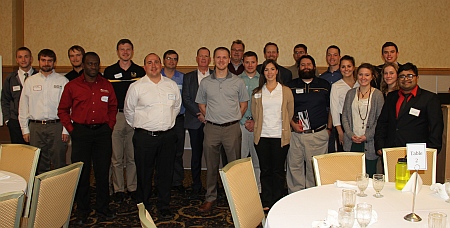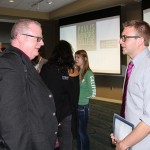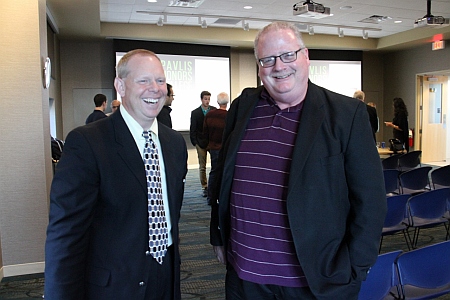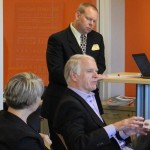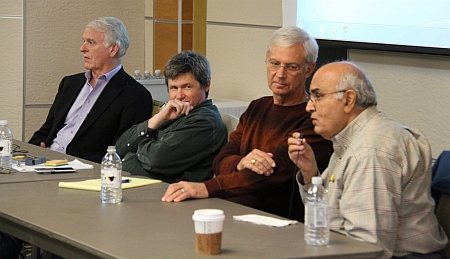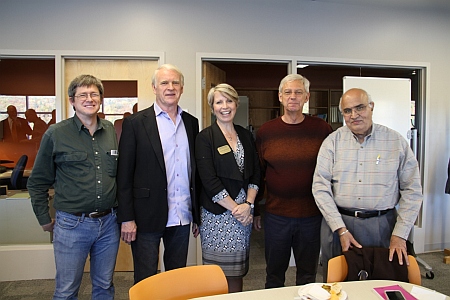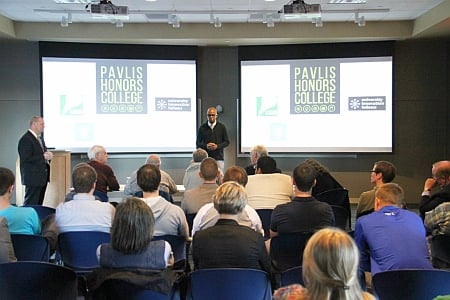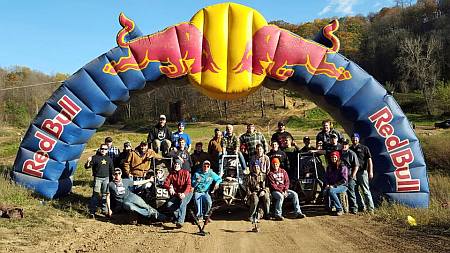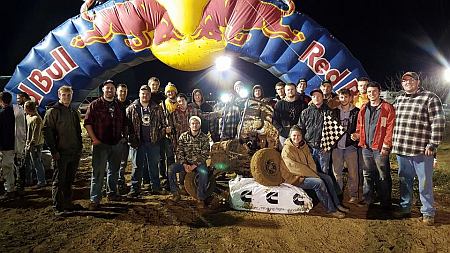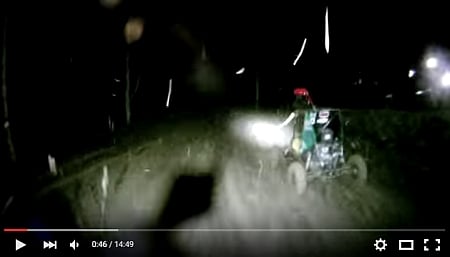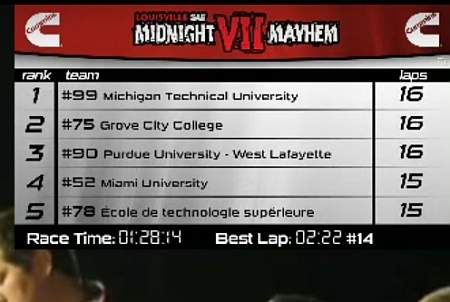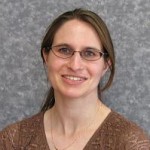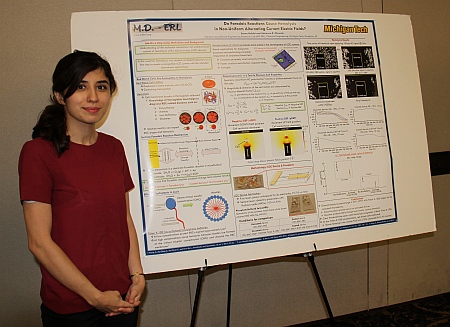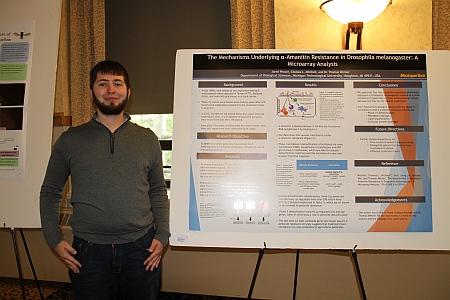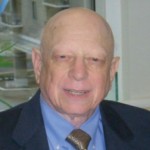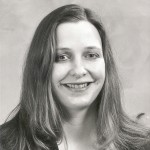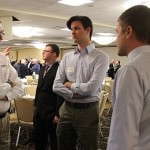 The Rail Day and Expo is an awesome opportunity for both students and industry! Railroad companies and consultants have the opportunity to showcase the industry and the career opportunities available. This is also a targeted recruiting opportunity for the industry … students who attend already have some interest in railroading. For students, this is an opportunity to have focused discussions about the rail industry and what it has to offer.
The Rail Day and Expo is an awesome opportunity for both students and industry! Railroad companies and consultants have the opportunity to showcase the industry and the career opportunities available. This is also a targeted recruiting opportunity for the industry … students who attend already have some interest in railroading. For students, this is an opportunity to have focused discussions about the rail industry and what it has to offer.
Railroad Night is a networking opportunity for both industry representatives and students. The event features a relaxed evening of dining and conversation.
Mr. Art Guzzetti, Vice President-Policy of the American Public Transportation Association was the keynote speaker and provided a personal touch and insight into the rail industry.
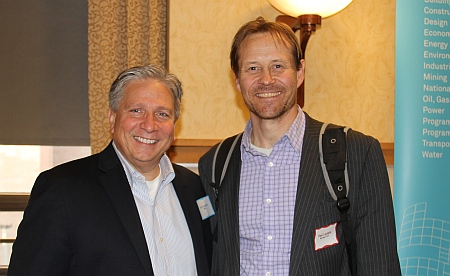
According to the APTA website, Guzzetti is a 32-year veteran of public transportation at the local, state, and national levels.
Among other things, Guzzetti is responsible for APTA’s extensive policy research agenda, policy analysis and development, transportation information, and statistics. He and the APTA team work with the legislative and executive branches of all levels of government and with other national associations, think tanks, and interest groups to cultivate the ideas, relationships, and advocacy initiatives that will propel public transportation forward.
Prior to coming to APTA in June 1997, Guzzetti spent 16 years in management at two of the nation’s leading public transportation systems—New Jersey Transit Corporation and Pittsburgh’s Port Authority of Allegheny County—along with two years at New Jersey DOT. His duties focused on transportation policy, government affairs, capital programming, grants development, and grants management and advocacy. In short, the focus of his career has been on generating support for public transportation and the benefits it provides to communities and regions. Guzzetti has a political science degree from Edinboro State University and a master of public administration from the University of Pittsburgh.
